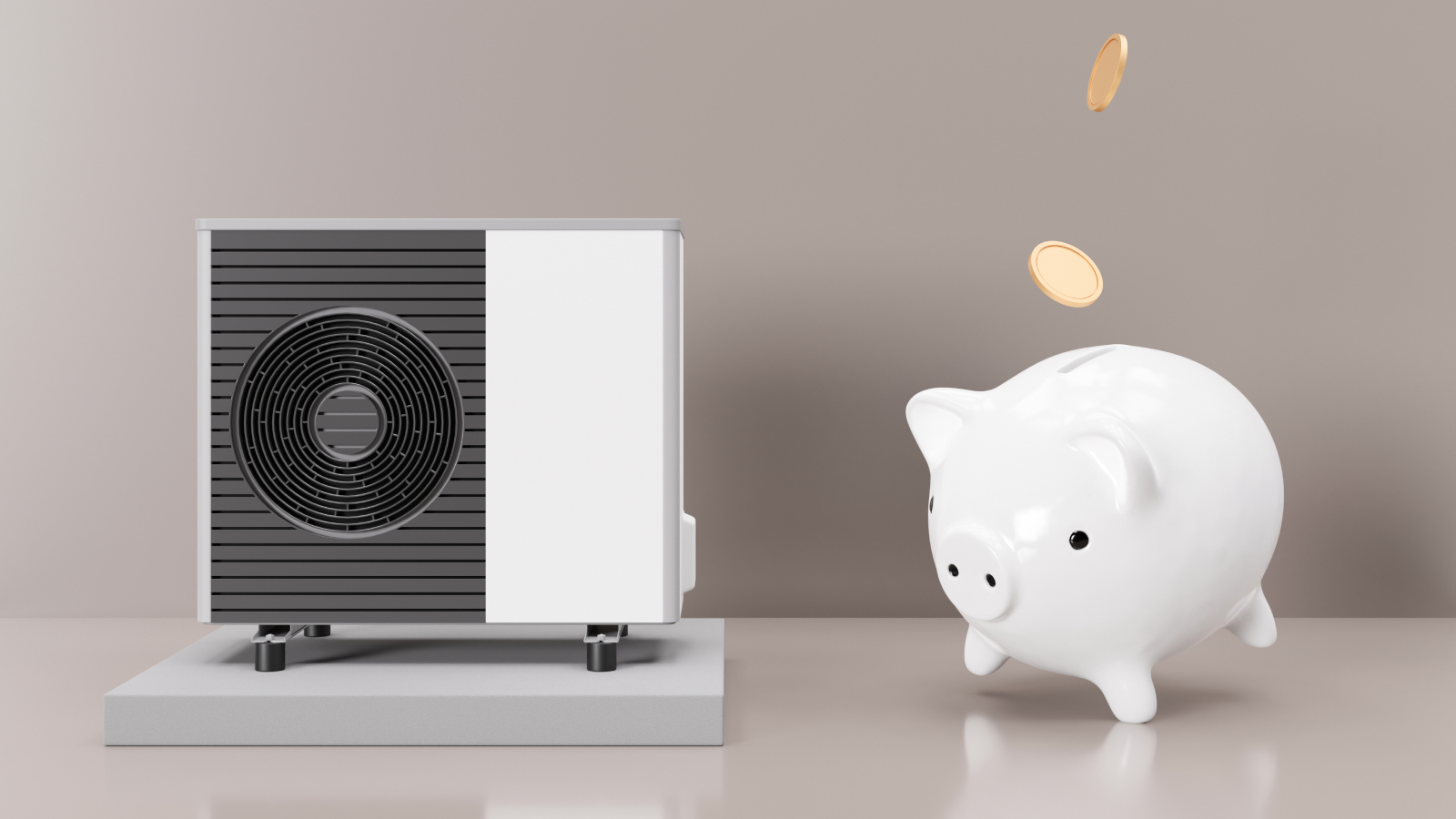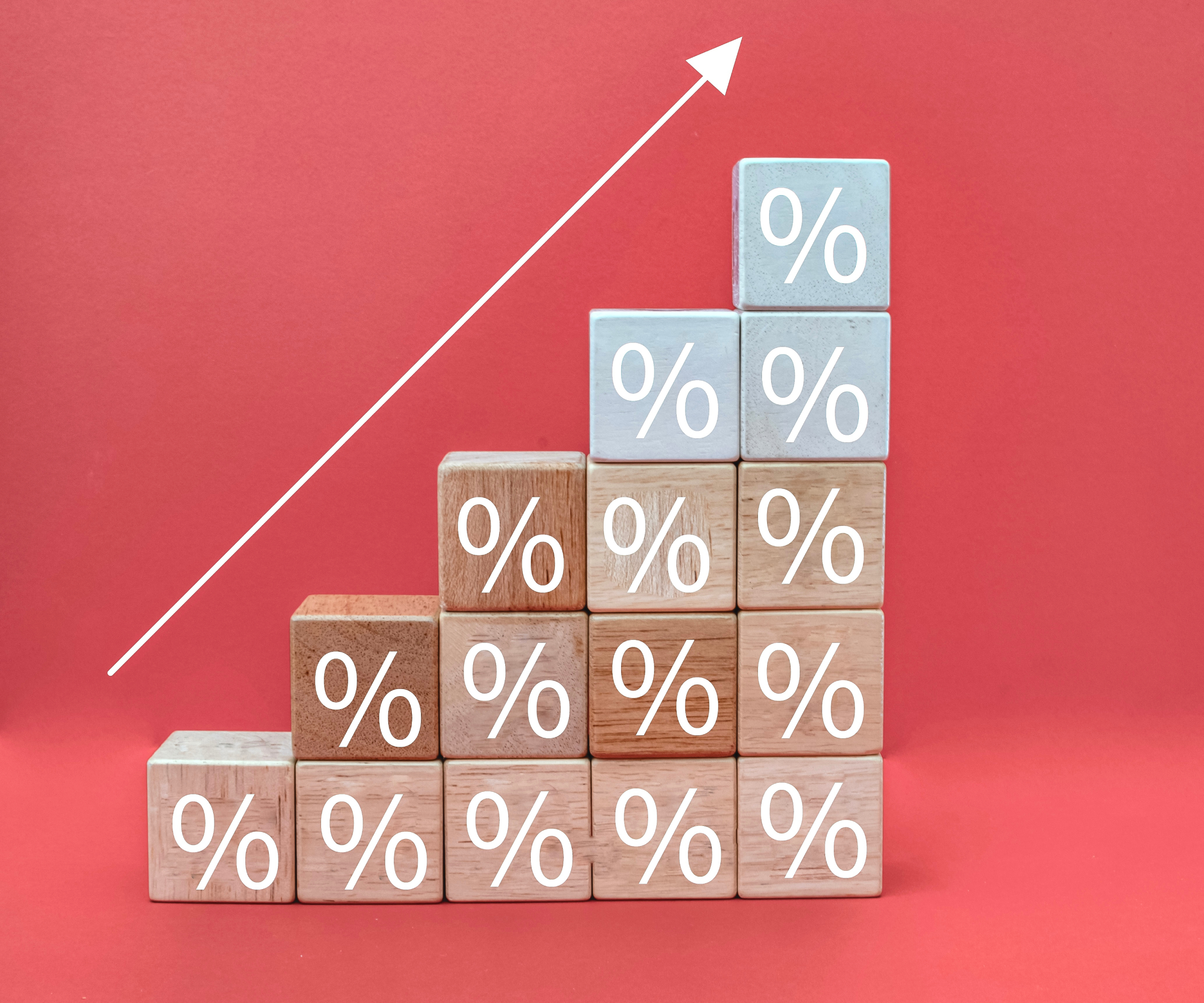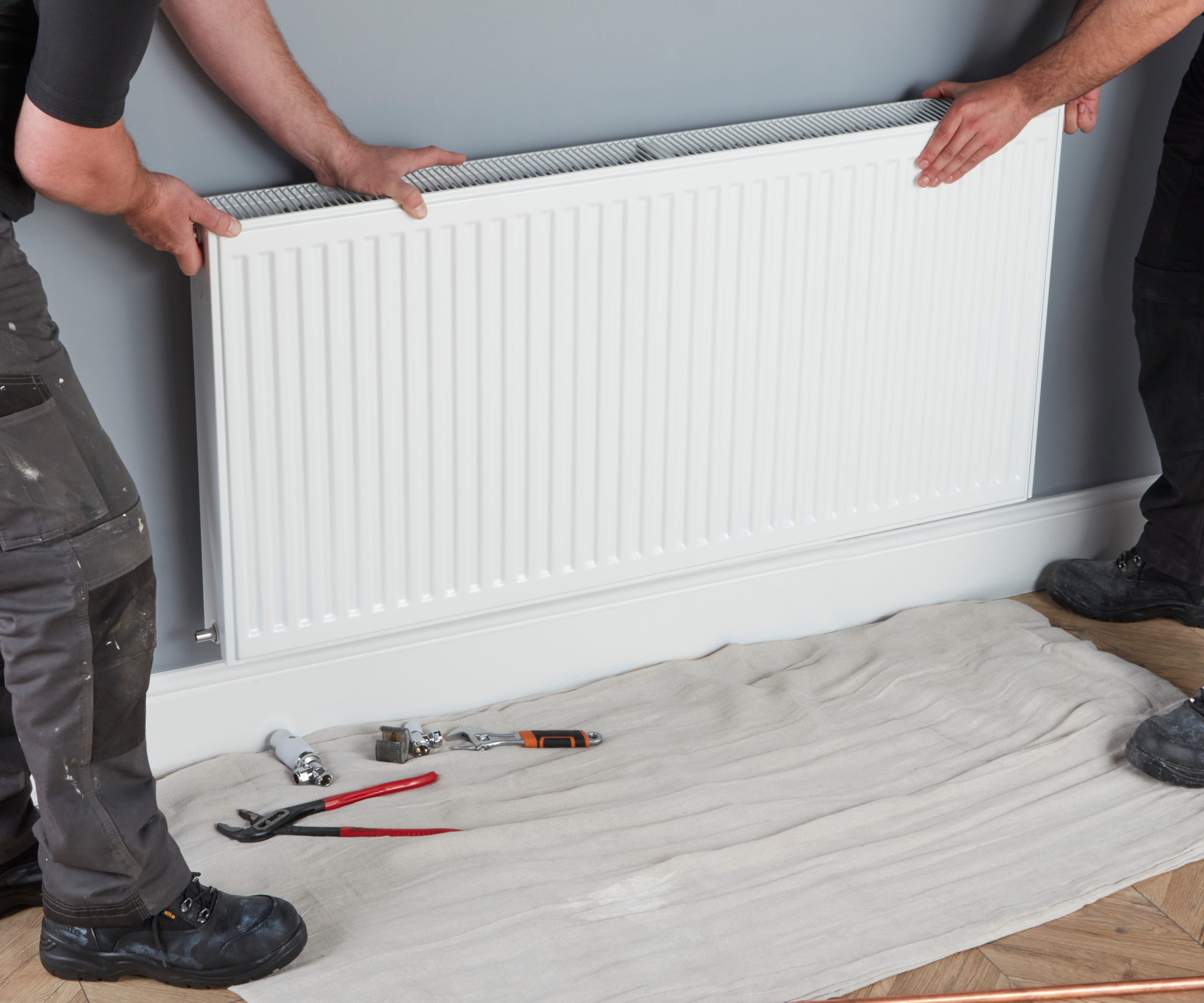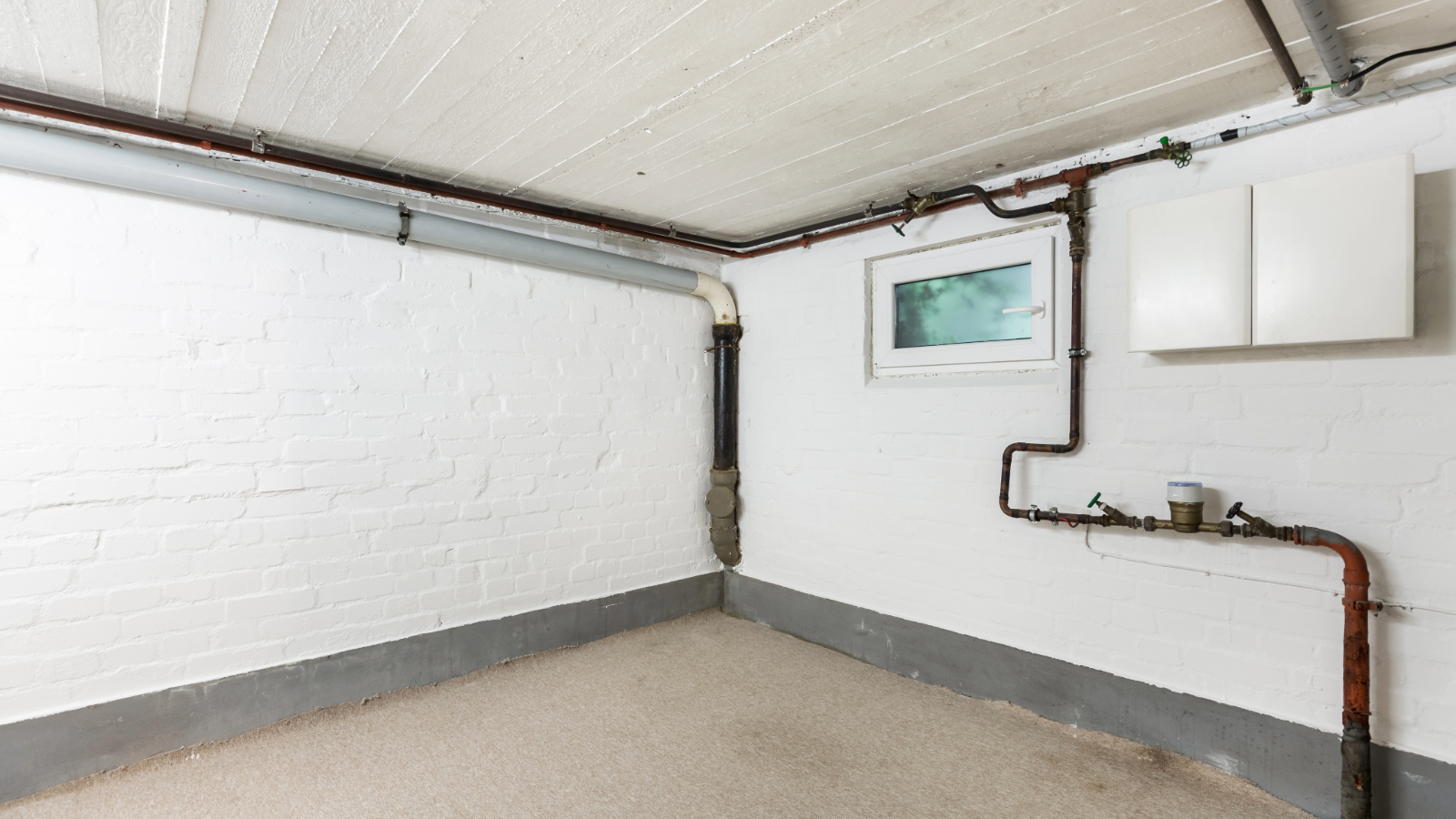What is Coefficient of Performance (CoP)? Renewables expert explains this key heat pump calculation
The efficiency of heat pumps is rated by their Coefficient of Performance (CoP), but how is it calculated and at what point is it considered to be under-performing?

If you're wondering how to choose heat pumps, or are looking to reassure yourself that your current heat pump is working well, you'll want to know what its Coefficient of Performance (CoP) is.
As the name suggests, it's a standard calculation used within the industry to assess how well the heat pump is working.
In short, the heat pump should produce more heat than the energy it consumes to generate the heat – but exactly how is it calculated and when does a good performance turn bad?
Coefficient of Performance - the calculation method
As outlined, the efficiency of a heat pump is assessed on a ratio or percentage of how much heat energy it provides, versus how much electrical energy goes into creating the heat.
In mathematical terms, the CoP is calculated by dividing the heat energy output by the input energy. The resulting number is the CoP rating.
As an example, if for every one kW unit of electricity used you achieve 4 kW units of heat, then your heat pump has a CoP rating of 4, or a 400% CoP. The higher the CoP number, the more efficient your heat pump is.

How a CoP rating is obtained
To get the best rating, manufacturers prefer to take readings inside the heat pump itself so that any system losses such as heat loss in the pipework, pump energy and standing losses are not included in the calculation.
Bring your dream home to life with expert advice, how to guides and design inspiration. Sign up for our newsletter and get two free tickets to a Homebuilding & Renovating Show near you.
When you purchase a heat pump, it's also important to remember that they will have obtained the initial rating under test conditions, meaning what you actually achieve may change. Therefore, it's something you will need to constantly monitor in order to get the best results from your heat pump.
While there are many apps to monitor efficiency of the heat pump, the best and most realistic figures achieved are in monitoring the whole system – including the distribution pipework.
Your options? A Monitoring and Metering service package (MMSP) that can be installed in the system to measure the actual heat delivered and the actual electricity used.
Constantly monitoring and tracking the data allows you to get a real view of when the system is using the most energy and means you can tweak it to optimise future efficiency – a key consideration when living with a heat pump.
What can alter a CoP?
There are a number of things that influence the CoP of a heat pump:
- Lower outside ambient temperature The higher the flow temperature is, the lower the efficiency. This is the same for all heat pumps, even if they are referred to as high temperature units. Therefore, if you're wondering do heat pumps work in cold weather, rest assured that it's normal to expect the CoP to fall during colder months as the outside temperature of the air or water coming into the pump will naturally be lower and require more energy to heat.
To minimise this, your heat pump needs to be carefully commissioned to change the flow temperature according to the ambient temperature outside. It should only get hotter as the weather outside gets colder. This is known as weather compensation. - Radiator size and central heating bore pipes Other details that can have an impact on efficiency, but are not often mentioned, are the requirement for larger radiators (if radiators are being used), larger bore pipes in the central heating system and also the need to rebalance the central heating system to operate with an optimal temperature difference of around 5˚C to 7˚C between the flow and return temperatures.
As an example, if the water going from the heat pump to the radiators or underfloor heating is 40°C then the water coming back from the radiators to the heat pump should be no cooler than 33°C.

Should a CoP be lower than 1?
The CoP should never be lower than 1. This would mean that a lot of energy is lost in the system and as such you would need to consider other solutions for your heating needs.
Alternatively, you could also look at ways of improving the existing ambient temperature in your home, such as insulating walls, adding loft insulation or improving your glazing efficiency.
Does CoP indicate running costs?
Although a CoP gives you a performance rating, according to the Energy Savings Trust, a CoP alone won't provide the most accurate figure. Instead, you need what is known as the Seasonal Coefficient of Performance, or Seasonal Performance Factor (SPF) as this gives the efficiency averaged across the whole year.
Heat pump installers will calculate the SPF based on the system they design for your home and this should take into account the average temperatures where you live and the size of the radiators (if you have chosen them) installed.
Therefore, if you are about to embark on a heat pump install in your self-build or renovation, ensure they share this figure with you before they start as it will give a much better indication – not just of the efficiency, but also running costs and potential cost savings.
If you're in the early stages of your build or considering a retro-fit, we've got a guide on how much it costs to install a heat pump. And don't forget to check with your installer if these costs include an MMSP.
David is a renewables and ventilation installer, with over 35 years experience, and is a long-standing contributor to Homebuilding and Renovating magazine. He is a member of the Gas Safe Register, has a Masters degree in Sustainable Architecture, and is an authority in sustainable building and energy efficiency, with extensive knowledge in building fabrics, heat recovery ventilation, renewables, and also conventional heating systems. He is also a speaker at the Homebuilding & Renovating Show.
Passionate about healthy, efficient homes, he is director of Heat and Energy Ltd. He works with architects, builders, self builders and renovators, and designs and project manages the installation of ventilation and heating systems to achieve the most energy efficient and cost effective outcome for every home.

